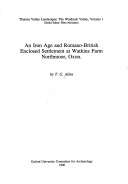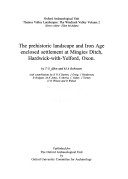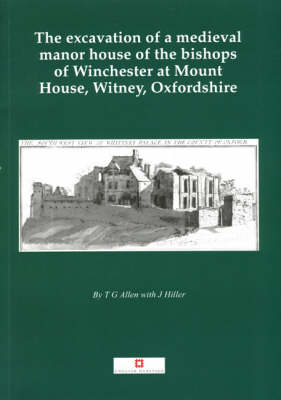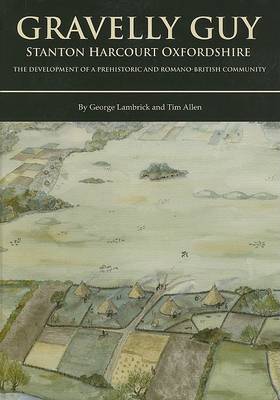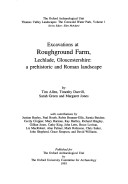Thames Valley Landscapes Monograph
5 primary works • 7 total works
Book 1
An Iron Age and Romano-British Enclosed Settlement at Watkins Farm, Oxon
by T. G. Allen
Book 2
The Prehistoric Landscape and Iron Age Enclosed Settlement at Mingies Ditch
by T. G. Allen and Mark A. Robinson
Book 13
Excavation of a Medieval Manor House,Witney
by T. G. Allen and Jonathan Hiller
Book 21
Book 28
v. 1
Excavations at Roughground Farm, Lechlade, Gloucestershire
by T. G. Allen, etc., T.C.:Green Darvill, and M.U. Jones
v. 8
